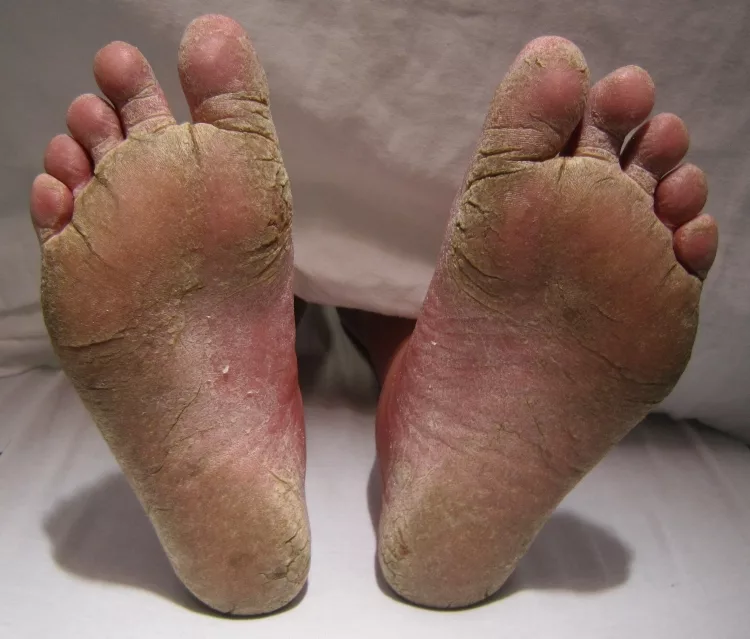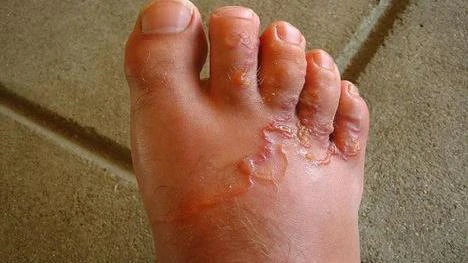Contents

Your best cure for athlete’s foot might be available at your local grocery mart or drug store. Look for creams and ointments that contain clotrimazole or miconazole as their active ingredient. These are topical creams that can be directly applied to the feet.
All you need to do is reapply the cream after you shower to clean, dry feet and then cover with a pair of cotton socks. The cream should be reapplied two to three times a day after that for about two to three weeks.
Another great way to treat athlete’s foot is similar to the store method, but with a more natural oil. Tea tree oil is known for its antifungal properties and works to destroy the fungus on the feet.
You’ll need to start with clean and dry feet and then apply the oil to the affected areas. You can do this several times a day for as long as it takes to cure the symptoms.
And it makes your feet smell great.
When you want to get rid of your athlete’s foot, you may just have to open up a few cupboards. Both baking soda and vinegar have been shown to help with treating this fungal condition—though not at the same time.
For the baking soda, you can soak the feet in a mixture of the powder and warm water. And if you have apple cider vinegar around, use that instead of the baking soda.
Some will tell you that soaking your feet in bleach is also a good alternative for treating athlete’s foot. However, this has to be done carefully or you might injure your feet. You should only use two tablespoons of regular laundry bleach in a gallon of warm water.
Soak your feet for ten minutes and you can see results within a week’s time.

And while garlic is great for vampires, it’s even better for athlete’s foot. This is because the antibiotic ingredients in the garlic help to cure the infection. Just rub a clove of garlic (one that’s been cut in half) over the affected area a few times per day.
But with all of these ways of treating athlete’s foot, the best advice is to avoid getting it in the first place. Make sure that your feet are kept dry and avoid walking on your bare feet in conditions that are likely to harbor the fungus—public showers and shoe stores where you try on the shoes without a barrier.
And of course, good hygiene will always keep your feet clean and happy, and hopefully free from itching.
 |
 |
 |
 |